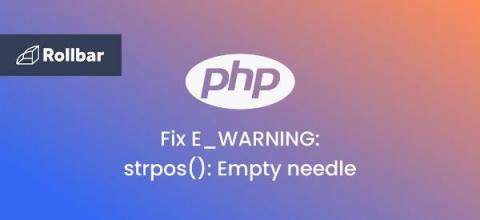How to Resolve NameError: Uninitialized Constant in Ruby
A NameError is raised when a referenced variable or a constant, such as a module, a class, or a constant variable, isn't defined or is invalid. The Uninitialized Constant error is a variation of the NameError exception class and has several reasons to occur. When this error occurs, several class names appear in place of Something.











